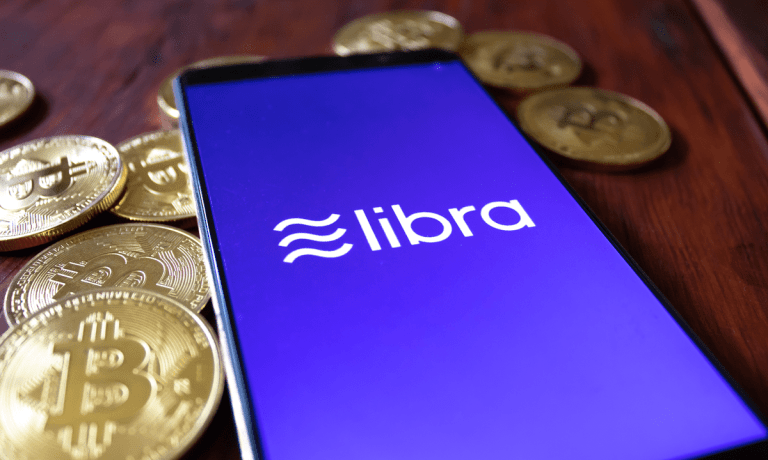
The age of digital currencies might be fully upon us, but key questions swirl about how to issue and regulate cryptos – especially stablecoins. To that end, a Bank for International Settlements (BIS) study concludes that “embedded regulation” might offer a solution for stablecoins, defined as cryptocurrencies with values tied to fiat currencies or other assets.
In a paper that debuted Tuesday (Nov. 24) from the BIS monetary and economic department titled “Stablecoins: Risks, Potential and Regulation,” the authors contended that stablecoins — including but not limited to Facebook’s Libra — pose a range of challenges to financial authorities around the world.
“Today, authorities around the world are grappling with the rise of digital currencies and decentralized finance based on both emerging technologies — particularly various combinations of distributed ledger technology (DLT) and blockchain and advances in traditional centralized systems underpinning finance,” according to the report.
At a high level, according to the findings, authorities must consider how “best to apply regulation” so that “similar economic and financial risks emerging from varying technologies and participants are treated similarly, avoiding regulatory arbitrage.”
Bitcoin and other offerings have not yet evolved into real alternatives to sovereign monetary activities, but stablecoins present challenges. Among the potential and evolving use cases: private stablecoins can conceivably be adopted as a means of payment for online purchases, peer-to-peer and micro-payments and a range of potential future.
Stablecoins also “have the potential to serve as a digital monetary instrument to embed in DLT applications, including for programmable money or smart contracts,” the paper added. And in terms of use cases, stablecoins that are global in scope can be useful in cross-border payment transactions and in eCommerce.
There has been a growing acceptance of cryptos, of course, as the market value of existing stablecoins stood as high as $14 billion in August, “yet authorities are braced for a world in which these volumes are orders of magnitude higher,” the report said.
With a nod specifically to Libra, the report noted that the digital offering could be embraced by Facebook users en masse.
“The Libra stablecoin in particular could be used across Facebook’s rapidly growing payments offerings in multiple markets including Facebook Pay, WhatsApp Pay and Instagram Pay, with potentially rapid access to hundreds of millions of retail customers in a very short period,” the BIS said.
Regulators and lawmakers, however, can latch onto digital currency efforts as they must monitor and also supervise such stablecoins.
But as the paper noted, oversight of the monetary system and the need to protect consumers “does not preclude public authorities themselves from embracing innovation.” In fact, the stablecoins can have frameworks and rules tied to them that are akin to “embedded supervision.”
As the authors stated: “Direct automated provision of data as a licensing or registration requirement for digital payment systems and markets provides an important opportunity to better use technology to achieve regulatory and supervisory objectives as well as reduce costs for market participants.”
Embedded supervision can center on data collection and supervision. And the automated data reports could conceivably be a regulatory requirement for stablecoin issuance and use — as has already been seen with China’s Alipay and WeChat Pay. Embedded supervision, according to the report, should seek to reduce the costs of compliance, thus “leveling the playing field” for small and large institutions.
The Value Of CBDC
Central banks, of course, have been discussing and exploring their own paths toward digital fiat. As noted in this space, for example, Cleveland Federal Reserve President Loretta Mester said in a recent speech that a digital dollar could conceivably be a form of money transfer that would enable the Fed to disburse money to all individuals in America.
The BIS report noted that “there are open questions as to whether central bank digital currencies (CBDCs) and other initiatives could fulfil these functions even more effectively than privately developed stablecoins.”
The study also posited that CBDCs would “enjoy the backing of the central bank and would not be subject to the same conflicts of interest around the asset backing and stabilization mechanism. Their value could be fixed by design to the currency they reference … thus eliminating fluctuations in value.”